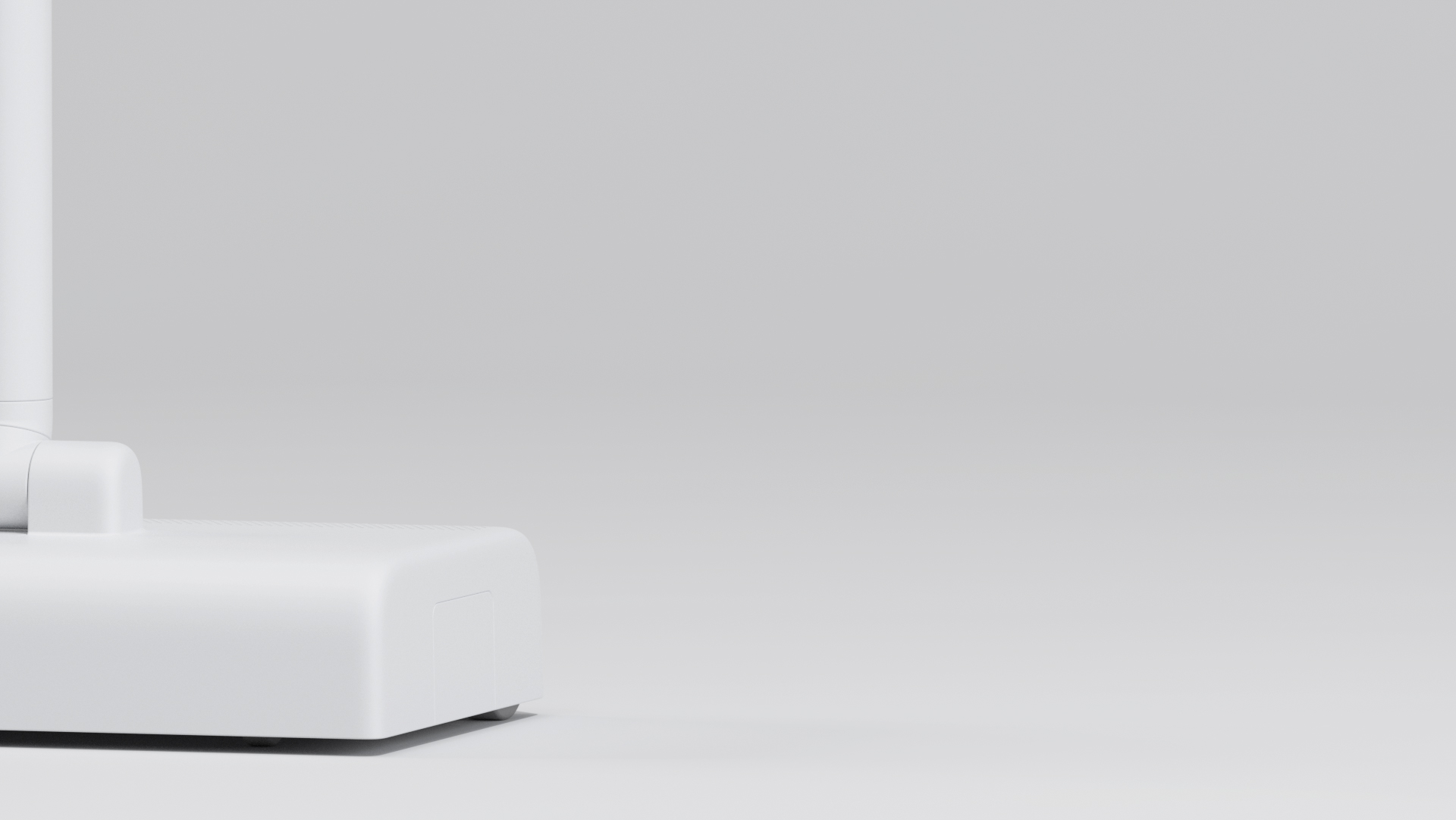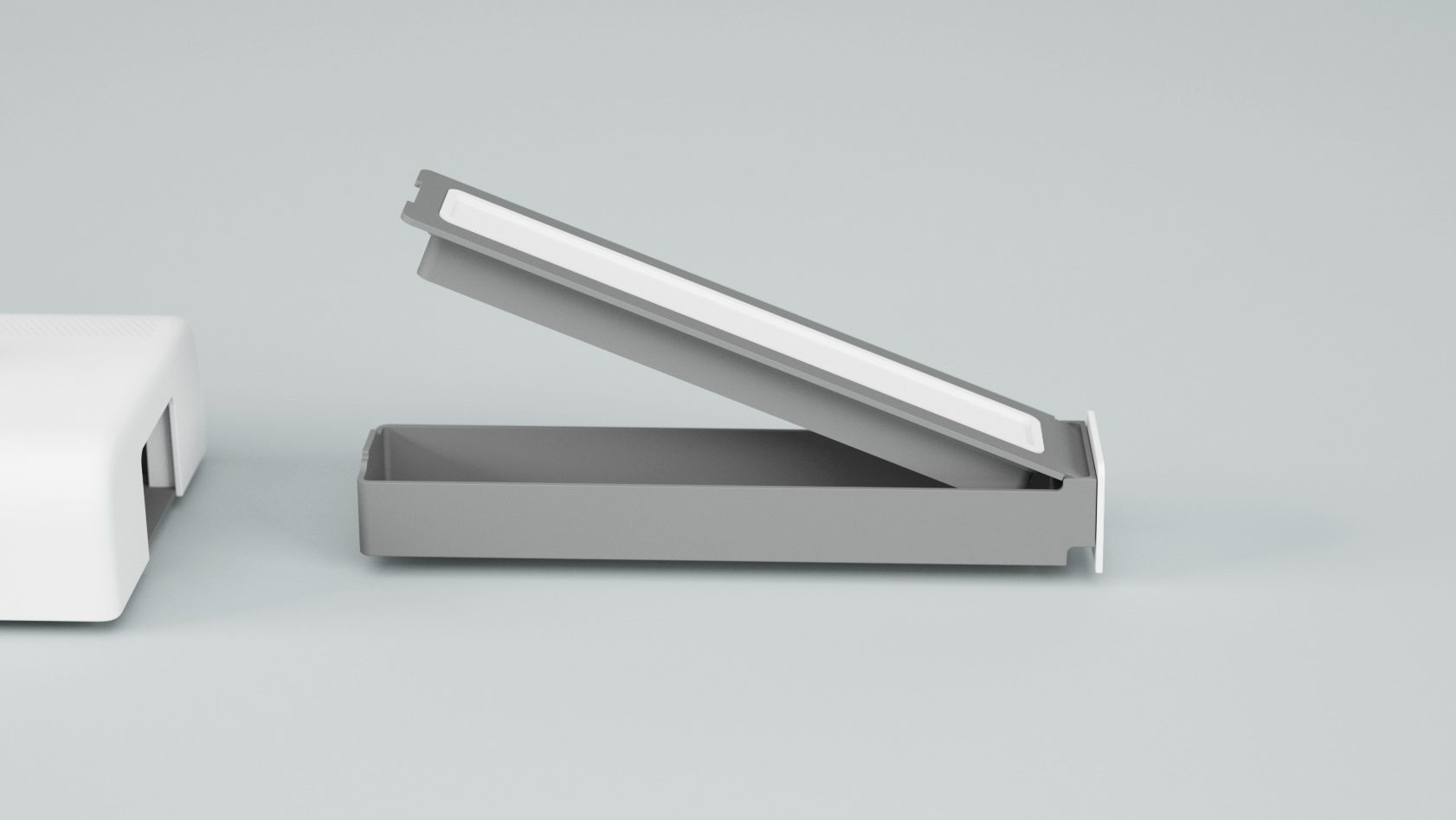
Stand
An anonymous vacuum cleaner for a tiny home
School of Industrial Design/IKDC
Imagine living in a home where you can see everything at a quick glance. A home where the kitchen is the hallway, the living room and the bedroom. What would your home look like if you had a dishwasher in the bedroom? Where would you place the vacuum cleaner after it’s been used? Is there even a special place for such a device? In this project, I explored the future of living and how the products that we bring in to our homes will create and form our identity.
The result is an anonymous vacuum cleaner that is a part of the home and is meant to be left out in the open. To minimise external dependencies, the device does not rely on a conventional energy source but is instead powered by the cleaning.

The OECD predicts that the middle-class will grow from 1.8 billion in 2009 to 4.9 billion by the year 2030. Cities will become denser and our homes more compact. The need for appliances and utilities might be decreased, looking at some trends, but there will always exist a need to clean the home. One would not necessarily want to display such utilities, and the space required to store them might not be available.
Researched showed that one of the biggest hurdles when cleaning the home is that most people store their vacuum cleaners in the closet or a wardrobe and that it can be cumbersome to start cleaning. For those who use a broom, the step to start cleaning is quite low, since it is not uncommon that people leave the broom out in the open. However, when they are done with the cleaning, there is a small barrier, due to the “messiness” of dumping the dirty in the trash.



The technology behind the device started with a retrospective look at how we have dealt with floor-cleaning through the ages. I became fascinated with mechanical sweepers and static electricity as a way to collect and “suck” up the dirt. Unfortunately, it wasn’t as easy as I first had assumed. Instead, I decided to use a conventional vacuum-cleaning technique, and with the help of a blower used in the medical field, the dirt could be collected in a tiny volume.


Since the objective was to make an everyday object with very low visual impact, the form development became an exercise in creating a simplified shape with an appearance that still conveyed the function, and at the same time, not neglecting the technology within.


Stand collects the dust in a container which is located in the middle of the device. When emptying the container, the user can easily see if the filter needs to be changed, instead of burying it deep inside the machine. Stand uses the same swivelling technique as a regular vacuum cleaner, and the height of the head is still low enough to reach under furniture.



With the help of dynamos, the movement is converted to electricity which drives a blower that sucks up the dirt. The dirt is drawn in both in the front and at the back of the head. The blower uses a silencer on both the intake and the exhaust side, to make it as quiet as possible.


